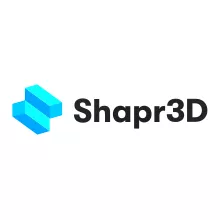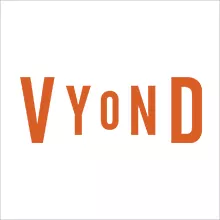3D Modeling Platform
3D Rendering: What is it?
Converting information from a 3D model to a 2D picture is known as 3D rendering. 3D rendering may make a wide range of visuals, from deliberately non-realistic to photorealistic. Most people can't distinguish between a 3D rendering and a "genuine" photo since the latter looks so much like photographs acquired by a regular camera. As you watch animated cartoons, browse through magazines, drive to work and see billboards, or scroll through social media on your phone, you are likely to see visuals created through 3D rendering. In actuality, 3D produced graphics have become a key supply of visual material for marketers, advertisers, content developers, and others. The rendering of 3D models is a difficult procedure. That meant that it was only available to huge enterprises with vast finances and many resources in the beginning. There is greater availability of the software and tools required to perform 3D rendering today. Almost any size company can now develop 3D rendered pictures without wasting their whole marketing budget. A combination of strategy, software, and artistry goes into the 3D rendering process.
What is the process of creating a 3D rendered image?
Render engines and game engines are two types of software used to create computer-generated graphics and animations. Ray tracing is used by render engines, whereas game engines use rasterization—and some engines combine the two approaches.
3D Rendering: Benefits?
The dynamics of the architecture and engineering sectors have altered for the better, thanks to 3D rendering. 3D rendering has brought enormous efficiency to the architectural and engineering sectors in recent years. The process of creating a picture from three-dimensional data stored in a computer is known as 3D rendering. AutoCAD software scanned hard copies, and even hand sketches may be used to create 3D architectural renderings. Because of their lifelike pictures, they're also known as photoreal renderings. Still, renderings, walk-through and fly-by animations, virtual tours, panoramic renderings, light and shadow renderings, and remodelling renderings are all photoreal renderings. Companies may drastically increase their productivity and cut expenses by utilizing 3D rendering services. Solid modelling speeds up product debuts by shortening design cycles and streamlining production processes. Facilitating communication within a company and between suppliers and customers, it facilitates the exchange of product design information. 3D views in architecture allow architects and planners to see the finished product and interiors before a single brick is set. As a result, expenses are drastically reduced because costly alterations do not need to be made during the building phase. Clients of construction projects may also obtain a preview of how their projects will appear before spending. Drawings and 3D models can't compare to 3D rendering in terms of helping designers express their ideas to others. An investor can get a realistic view of a project by using 3D rendering. Even if they don't like the initial design and want to make adjustments, artists may do so swiftly in existing files and return for another viewpoint. A 3D rendering is the best marketing technique for closing the sale of any architectural design. Today's market is harsh, and everyone will do whatever they can to gain an advantage over the competition.
















